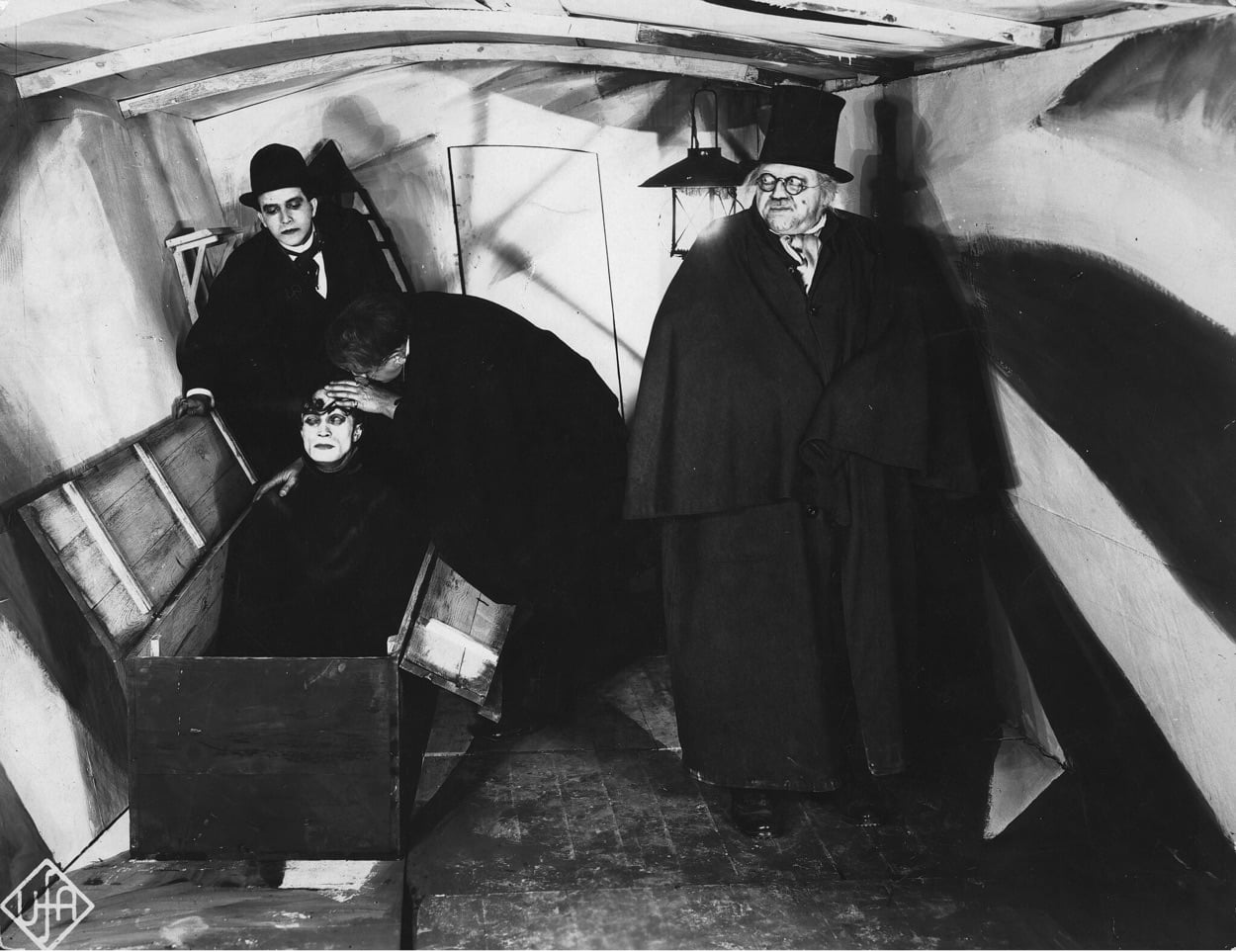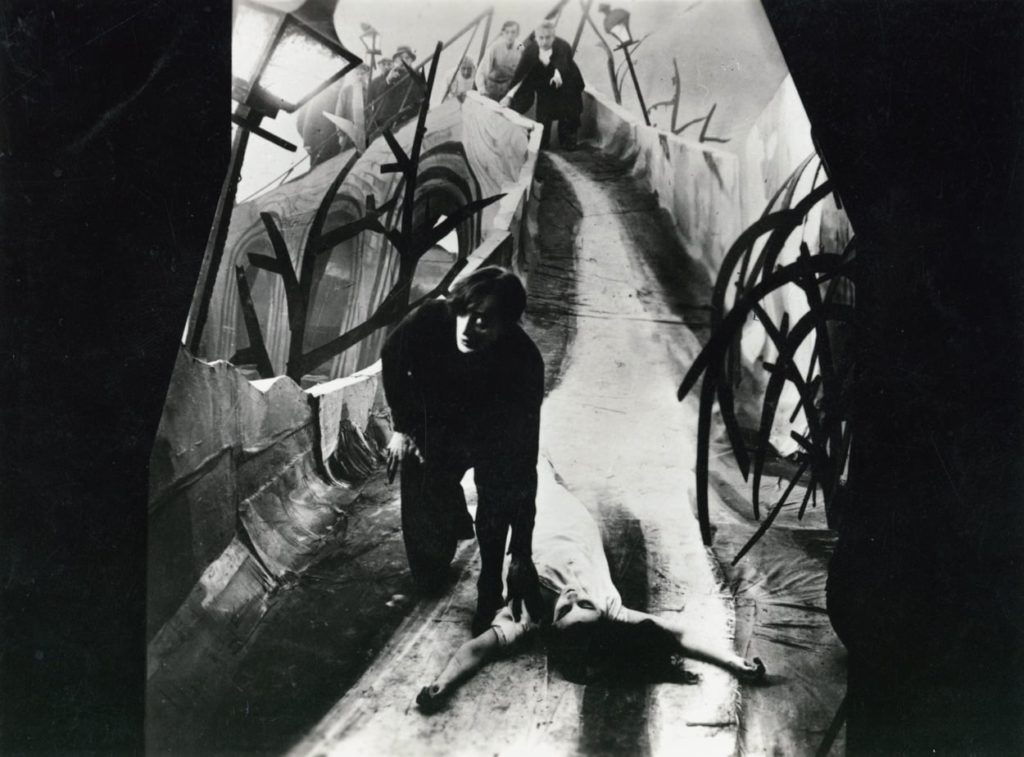Released in Germany in 1920 but not given an international debut until April 1921, in New York, German director Robert Wiene’s The Cabinet of Dr. Caligari has gone down in history as one of the most important films of the era, and the most important German expressionist film of all time. You can see its influence everywhere, in Citizen Kane, The Third Man and Shutter Island, to grab a trio of obvious borrowers, but though it’s much talked about, how many people have actually seen it?
What might come as a surprise 100 years on is that it didn’t meet universal acclaim at the time. Cultural historians still argue about whether it was a box-office hit or not. Critically, people at the time went both ways too, with film-makers of the calibre of Abel Gance (director of the epic Napoleon) loving it, while the likes of Russian genius Sergei Eisenstein declared it a dud.
Clouding the picture was the fact that the First World War had only recently ended and anti-German feeling was still running high in many countries.
Eisenstein, who did more than almost anyone to create a language of cinema, particularly hated Caligari‘s theatricality. He’s right. It looks like a theatrical piece, and is shot by Wiene as if he were recording a stage play rather than making a work of art in its own right. On top of that is the obvious theatricality of its sets, expressionist to an absurd degree, every angle wonky, barely a plumb line to be seen. Even the doors are triangular.
The actors, too, are from expressionist theatre, their performances pantomime exaggerations that bear no relation to “reality”. Werner Krauss and Conrad Veidt are the key players, Krauss as the titular doctor, a carnival barker whose freakshow attraction is Cesare, a somnambulist who has been asleep in a box for the entirety of his 23-year-long life. That’s Veidt in heavy eye make-up and blanco face paint as the sleeper, who’d later be Bogie’s stiff nemesis Major Strasser in Casablanca but is here a lithe youth with the look of a ballet dancer.
The plot is a whodunit, with Caligari and his sleeper somehow embroiled in a series of murders in the small town where their carnival is parked. The whole thing is set inside a framework as part of a story told by our narrator, Franzis (Friedrich Feher), and there’s a twist at the end that makes little impact on the enjoyment of the film, which comes from watching the mad sets and the amazingly florid over-acting of Krauss and his robotic somnambulant sidekick.
Fascinatingly, the credits claim it as “ein Film von” (“a film by”) Carl Mayer and Hans Janowitz, its writers. And it’s true that it was more their baby than the director’s – perhaps Eisenstein was suspicious about that too. But Robert Wiene has his moments, even though he works mostly in mid and long shots, throwing in the odd close-up of Caligari and Cesare to ramp up the sinister atmosphere when necessary.
Whatever else this is, it’s a very creepy film. That shot of Cesare hauling the sleeping beauty Jane (Lil Dagover) from her bed and carrying her off over the rooftops is brilliantly designed and executed – there were faintings in cinemas back in the day, apparently.
The version I watched, restored in 2014 with its original colour tinting, is in excellent shape. The first reel/act (of six) has been cobbled together from second-grade sources and is noticeably woolier looking than the rest of it, but once we’re on to reel two the image quality is exceptional. Though the restoration hasn’t removed every blemish, there is as much detail in the image as needed while the high contrast images – graded midtones aren’t this film’s thing – can be put down to expressionism’s love of the chiaroscuro.
Veidt and Krauss had a history of working together on films with sensationalist subject matter (their previous three outings had the titles Diary of a Fallen Woman, Opium and Prostitution) and The Cabinet of Dr. Caligari is no exception. They’d go on to make a further seven films together, one of which alludes to Caligari in its original German title, Das Wachsfigurenkabinett (Waxworks, in English), another remarkable expressionist work and, though less groundbreaking and influential (nodding to Eisenstein), a much more filmic film.
The 2014 Kino restoration of The Cabinet of Dr. Caligari – Watch it/buy it at Amazon
I am an Amazon affiliate
© Steve Morrissey 2021


